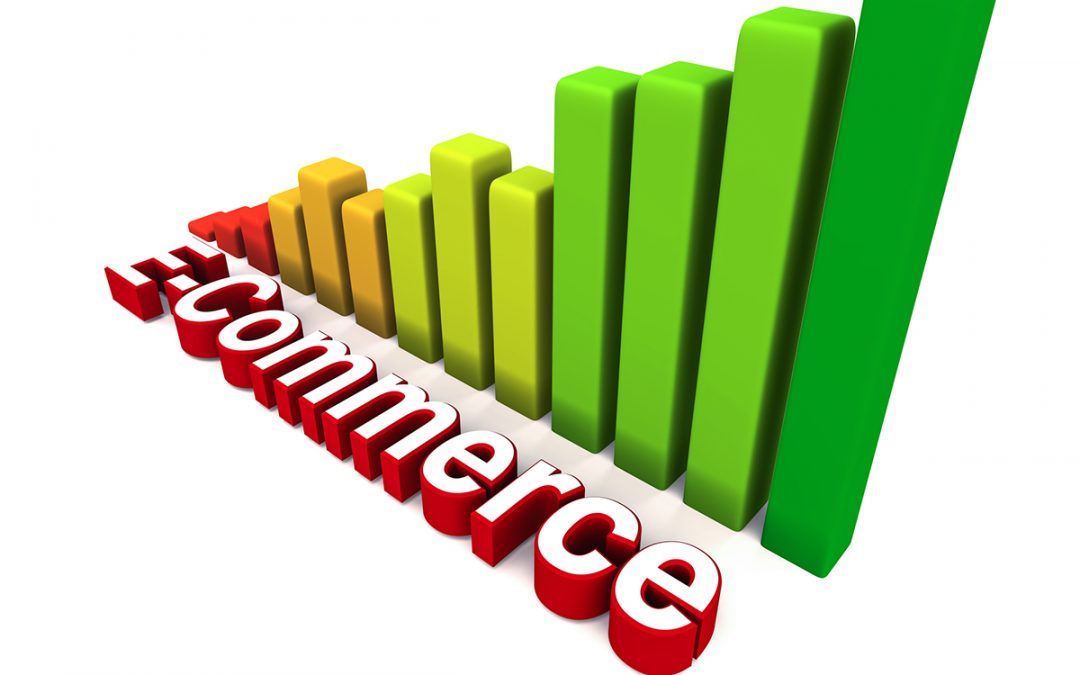No matter how well your e-commerce site performs, you naturally always want to increase sales. How you go about reaching your goal of increasing e-commerce sales largely depends on your marketing budget and your staff’s (or marketing agency’s) skillset.
Not every marketing channel and method is appropriate for every retailer – it largely depends on what type of product/s you’re selling. Every marketing channel listed here can stand on its own as a strategy, but naturally, the more channels you utilize, the better your sales will be. Here are the basic marketing channels, in order of their priority, which most businesses can use to increase e-commerce sales.
1. Optimize your website
A retailer’s website is many times at the heart of lagging sales. Poor design, bad navigation (hierarchy), poor messaging, a terrible mobile experience, confusing page text, weak product titles and descriptions, low quality images, a bad checkout experience, and more can contribute to shoppers bouncing off your website and buying that new toy from one of your competitors (or Amazon). This is really where the rubber meets the road and cleaning up website usability problems first goes a long way toward maximizing return on investment from your marketing channels. The bottom line is, you can spend money all day on digital ads, but if a customer hates your website, can’t find their way around easily, if it loads slowly, if the images pixelate, or if they can’t checkout easily, they’re out. And probably never to return.
2. SEO
SEO is a long-term play but fixing many of the problems in #1 will give you an immediate bump in search traffic and e-commerce sales. The key to SEO is to write product and information pages that are engaging for the reader, but also perform well in search. It’s critical that product titles and descriptions include the main keywords for the products (for titles this is many times the product name itself); your meta descriptions should contain keywords early in the description and be formatted correctly for search results pages; Alt tags for images should never be overlooked; and make sure that image “pops” on the screen and looks exciting (big, fat, bold images work). Above all, SEO requires patience, as it can take months to see significant improvements in organic traffic.
3. Social Media Marketing
Some social media platforms brand themselves as the be-all and end-all for e-commerce sales. Take it with a grain of salt. Highly visual, unique products with lots of sizzle (aka shiny objects), especially when they’re expensive, can sell very well through social media channels. Products with low margins, and/or those sold everywhere online, or products which don’t photograph well can be a struggle (images of screws can only be so good). And unless you have 10,000+ followers on Facebook, Instagram, or your social media platform of choice, you’ll have to buy ads to reach enough people to sell your products to – organic reach for social posts is typically around 1-5% of your most active total followers. The only way to promote yourself outside of those followers is to pay for it.
4. Digital Ads
Once your website is tweaked and you’re comfortable that it’s the best it can be, it’s time to spend on digital advertising. Google and Facebook/Instagram are obviously the big players, but also look at LinkedIn, Twitter, Bing, Yahoo, and platforms and publisher sites specific to your business category. Some products sell very well through Google Shopping (Merchant Center), but if you’re a reseller, this is not always the best place to be unless your prices are rock bottom. Otherwise, you’ll be moved to the back of the pack and may never be seen, much less clicked. Google Shopping also requires a Google Ads account. The two work together and your Shopping campaigns are managed through Google Ads. Text ads can be a great play, but you’ll need to familiarize yourself with best practices in keyword research, bidding, setting up campaigns and ad groups, and many more facets of creating a successful campaign. This is where you need someone with experience running Google Ads or any text ads campaigns because mistakes cost money. Google AdWords Express used to be the “starter” platform, but that has been folded into Google Ads as ‘smart” campaigns. Fortunately, specialists at Google and Bing can walk you through starter campaigns and get you set up.

Whether your email list is 20 or 20,000, it’s a one-to-one marketing channel. Keep at it and send an email at least once a month with a specific offer.
5. Email Marketing
If you just launched your e-commerce site, you’ll have to build a list of email subscribers. This is most easily done with a popup on your homepage that offers an immediate discount in exchange for the shopper’s email. But getting a customer to surrender their email address has become more difficult because they’re simply flooded with emails these days. That means you have to create an engaging offer to get legitimate signups. Even if your email marketing list is small, think of it as big. Email is a one-to-one communication channel, regardless of if your list is 20 or 20,000 customers. In time your email list will grow, so keep at it and send an email at least once a month with a specific offer. We do not suggest sitewide discounts on a regular basis, as it trains your users to only shop on the site when you’ve slashed your prices.
6. Content Marketing
Content marketing goes hand in hand with SEO. For some retailers, this is a cornerstone of their marketing strategy. For others, it has little consequence. Content marketing is a labor-intensive strategy that requires competent writing skills and expert knowledge of keyword placement and best practices to engage users and maximize search results. Content can also mean video strategy, which requires a sensibility for what works and what definitely doesn’t work for your target customers. For instance, if you sell tools, how-to blog posts and/or videos are an excellent way to bump up your site in search results. If you sell gourmet food, live cooking demos or recipes would be an excellent play. If you sell outdoor gear, stories about hiking the Appalachian Trail or vacationing in Yellowstone National Park would probably be of interest to your customers. A great content strategy requires imagination and diligence, so keep at it and the traffic will come. Content marketing is a great strategy for starting conversations on social media, cross-linking pages, and featuring products. It’s also a brilliant way to soft-sell your email list.
Would you like a free consultation on how you can increase e-commerce sales?

